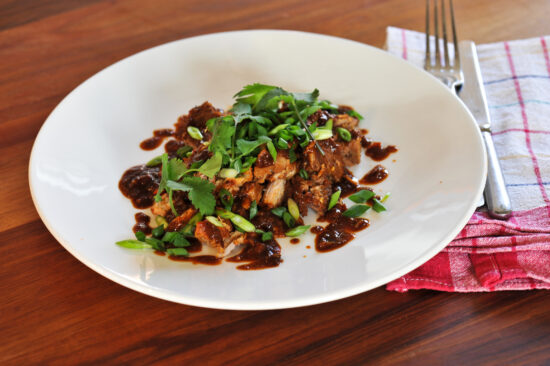
More than two-thirds of the American population is overweight. Crazy, right? Many people are aiming to get fit in the new year or change the way they eat before swimsuit season starts. Whatever your reason may be, many people are always “thinking” about getting healthy, however, it seems many of the very same people are oftentimes finding a reason to not eat healthy and workout. The reason? Money.
Here is the shocker: Money doesn’t have to stop you from living a healthy lifestyle. In fact, you can eat healthy on a budget, and here is how.
Fruits and Vegetables
Obviously, if you are looking to better your diet, you will want to incorporate plenty of fruits and vegetables into your diet. In fact, they should be at the top of your list. If your budget for this is an issue, compare prices between supermarkets and go where the fruit and veggies are cheapest. Also, check out your local farmer’s market and see what they have. Most of the time, prices are cheaper than the supermarket and you get to support a local farmer when you buy from them. Some of the cheaper fruits and veggies are things like bananas, apples, oranges, carrots, celery, broccoli, cucumber, lettuce and tomatoes.
Whole Grains
Whole grains have been proven to be healthier for you than foods made with white enriched flour. This switch over doesn’t have to cost you money though. Many people blame not buying whole grain bread on the price difference. While whole grain bread is more expensive when comparing the two on the shelf, when you are dieting you should be eating less bread anyway, so in the long run, it will not cost you more money.
You can also work what is called “raw grains” into your diet. Raw grains include things like brown rice, couscous and quinoa (you would exchange your white rice or white bread for these items). You can usually buy these things in bulk which saves you money in the long run and keeps whole grains in your diet.
Protein Doesn’t Have to be Expensive
For some odd reason, when people think protein, they think steak. You don’t have to spend a ton of money on meats to get the proper amount of protein in your diet. In fact, there are some very cheap foods that have a relatively high amount of protein in them. For instance, black beans (extremely cheap) have 16 grams of protein in a serving. A serving of Greek yogurt (which only costs $1) has 15 grams of protein.
Snacks
Snacking is often the downfall of many diets. However, popcorn can offer the opportunity for a low-calorie, and cheap, snack option. If you pop your own popcorn (in an air popper or on the stove), the snack can be even cheaper.
Other Ways to Cut Cost
In addition to changing the way you shop and what you shop for, you can also do a few of the following to cut cost during your diet:
- Make your own dips and dressings
- Find creative ways to add fruits and veggies into your diet
- Create a meal plan
Obviously, dieting (or doing anything) on a dime can be difficult, but there are ways to keep the cost low while keeping nutritional value high.

Comments